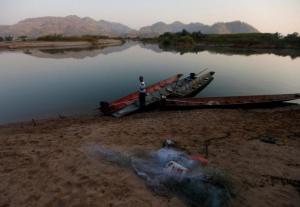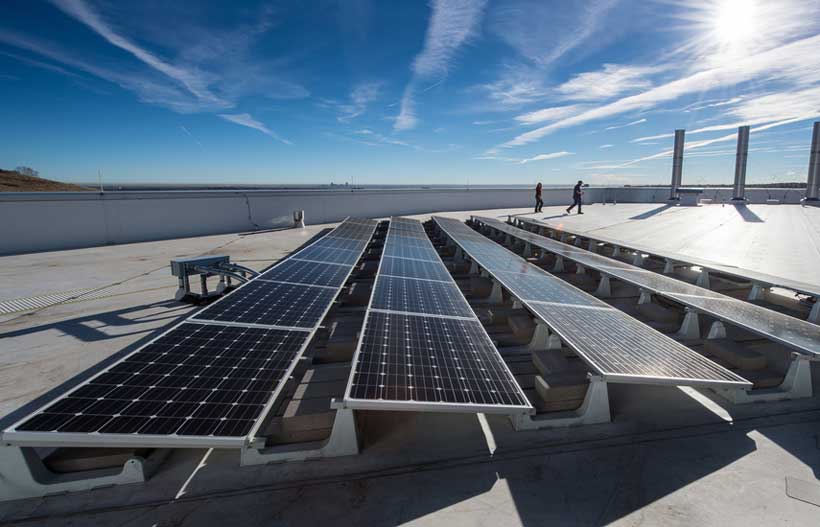As a result of the earthquake and subsequent tsunami in Japan, and the ongoing flooding in Thailand, many U.S. companies have filed or are considering filing contingent business interruption claims against their property insurers.
“Both Japan and Thailand have a significant number of suppliers for various industries, particularly automotive and semiconductors, which is resulting in losses for a number of insureds,” says Russ Opferkuch, managing director at Aon Risk Solutions, and senior officer of Aon’s Property Risk Consulting group and Aon’s Global Rapid Response program. “These insureds can’t get a part, or one of the items they need to put their product together because the manufacturing plant that makes what they need is either underwater in Thailand or impacted by one of the many loss exposures in Japan.”
Smart Business spoke with Opferkuch and Dean G. Mandis, risk adviser, Aon Risk Solutions, about how contingent business interruption insurance works, and how to maximize your chances of success with such a claim.
What is contingent business interruption insurance?
There are a lot of misconceptions as to what contingent business interruption coverage is. The intent of the coverage is simple: to reimburse you for losses you have because either your supplier or customer, or both, are impacted by physical damage resulting in their inability to provide you with their product or accept your product. For coverage to apply, the physical damage has to be from a peril that is covered by the policy, and to property of a type that is covered by the policy.
On the surface, it seems pretty simple, but when you need to quantify what your loss is and prove it to the insurance company, it becomes a difficult task. There also are wide variations in policy wordings and, as a result, it is difficult to generalize in terms of coverage.
Why can contingent business interruption be a difficult claim for companies?
Suppliers that may be impacted by a disaster, interrupting your business, may be either direct suppliers or indirect or ‘second-tier’ suppliers. Thus, for example, if the company two tiers upstream from you has a loss and can’t produce its product, then your supplier can’t produce its product, so you can’t produce yours. The further removed from you a loss is, the more difficult it is to connect your financial loss to the physical damage experienced by your supplier.
You have to present and document the loss just as if it is a direct loss to you. You need evidence of what caused the damage that resulted in interruption of the product. The insurer will want to inspect the supplier’s facility to verify the damage and to determine how long it will take for that company to get back into business and continue producing the product you’re waiting for.
One of the easiest ways to explain some of the complexities in documenting these claims is to use the losses in Japan as an example. If a company there is making an item or part for you, production could be interrupted for many reasons. Its facility might have been damaged by the earthquake or the resulting tsunami — which typically are considered two different perils. It could have been impacted by the radioactivity, which is not insured. A claim requires that you prove to your insurer that the interruption your suppliers had was caused by a specific covered peril and that the supplier is doing its best with due diligence and dispatch to rebuild its facility and restart its operations.
What does CBI insurance cover?
Assuming you purchase the appropriate coverage and can document that you had a financial loss, it will cover such things as your loss of earnings for a product you were unable to produce and associated fixed costs/continuing expenses. It also covers the incremental costs of finding another source: Some companies need to recertify their product to appropriately recognize the use of a replacement item different than the original.
For example, an automaker may need to use a certain chip in a car. If the automaker can’t get that chip, it will need to get a different chip, but it will have to recertify the system to ensure the new chip works correctly. There is a cost to that, and those costs can be recovered under CBI coverage.
What should companies do in the event of an interruption?
It’s a policy obligation to mitigate the loss by seeking other suppliers. I find our clients do that, not because of the insurance requirement, but because it’s the necessary thing to do to maintain one’s business. Some of the manufacturers in Thailand or Japan fortunately have facilities in other countries, so they are able to move portions of their production elsewhere.
The Wall Street Journal reported a Japanese trade ministry survey indicated that 97 percent of manufacturers that used suppliers in northern Japan have found alternate sourcing since the quake. Caution applies, because even if you think you have alternate suppliers set up, they may get the product from the same place.
For some items, there just isn’t another supplier. For example, a number of auto manufacturers used a particular pigment in their paint. While some may have gotten the pigment from several vendors, all those vendors sourced from the same manufacturing plant — a second-tier supplier.
So the auto manufacturers could not produce some colors while they were unable to get this pigment.
Russ Opferkuch, ARM, CPCU, CSP, is managing director at Aon Risk Solutions. He is senior officer of Aon’s Property Risk Consulting group and Aon’s Global Rapid Response program. Reach him at (212) 479-4656 or russ.opferkuch@aon.com. Dean G. Mandis is risk advisor at Aon Risk Solutions. Reach him at (314) 854-0872 or dean.mandis@aon.com.


